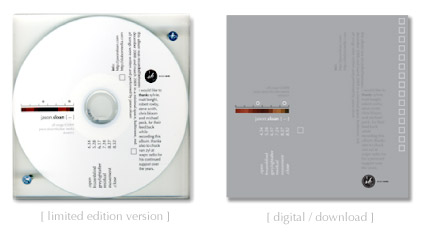here are some photos from the april 18, 2009 concert i played at THE GATHERINGS SERIES in philadelphia, pennsylvania.
also performing that evening was electronic music guru saul stokes.
 |
 |
 |
 |
 |
 |
 |
 |
 |
 |
photos by jeff towne
here are some photos from the april 18, 2009 concert i played at THE GATHERINGS SERIES in philadelphia, pennsylvania.
also performing that evening was electronic music guru saul stokes.
 |
 |
 |
 |
 |
 |
 |
 |
 |
 |
photos by jeff towne
“…sparking then smoldering, this album plays out across an ever-changing landscape – and deserves praise for aiming so high.” [read the full review here]
– Chuck van Zyl – Star’s End Radio, April 2009

i’m very pleased to announce the release of the follow up to last years double album ENDING [light]. the fall and winter months proved to be rather fruitful in the studio, culminating in the release of [ — ].
[ — ] had a pre-release at the GATHERINGS concert i played with SAUL STOKES on saturday april 18, 2009 in Philadelphia, PA. i took around 50 of the 100 copies and they quickly sold out.
the limited edition version is signed and numbered with the disc housed between two 1/4″ pieces of perspex. once the limited run has expired, [ — ] will be sold as an unlimited standard jewel boxed edition.
if you would like a copy of the limited edition, head over to the store section of this site and click on the LIMITED EDITIONS tab. you will find [ — ] at the bottom of the page. as with most SLO.BOR MEDIA limited editions, this first run will no doubt sell out quickly.
as with most of my releases, [ — ] is also be available as a download through the store section of this site in addition to the usual digital outlets [ie: itunes, emusic, amazon, rhapsody, etc.)
LISTEN TO SAMPLES FROM [ — ]
.open
.open
frozenblind
frozenblind
greylightafter
greylightafter
residual
residual
movement
movement
.close
.close